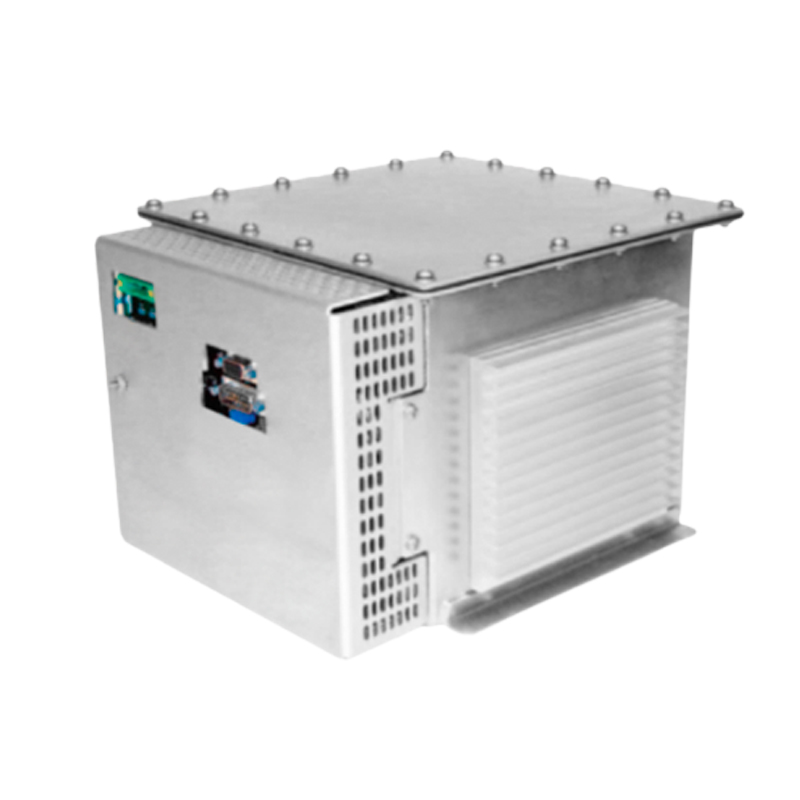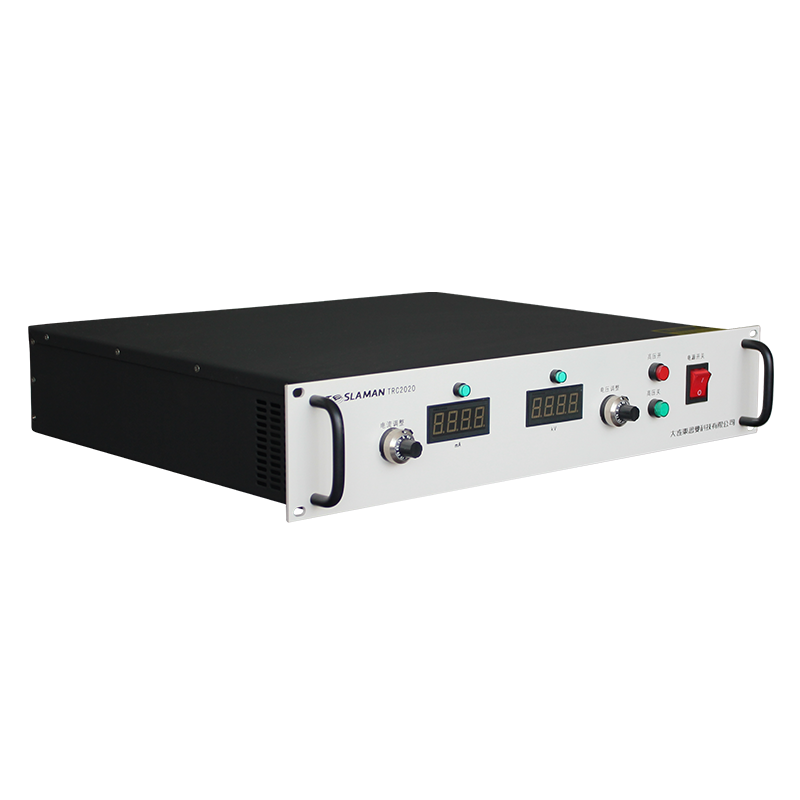Optimization of the Switching Logic for Positive Negative Switching High Voltage Power Supplies
In numerous scientific research and industrial application scenarios, such as particle accelerators, electrostatic precipitators, and some special material processing technologies, a power supply system that can flexibly switch between positive high voltage and negative high voltage is often required. The switching logic of positive negative switching high voltage power supplies is crucial for ensuring the stable operation of equipment, improving work efficiency, and guaranteeing system safety. Optimizing it has significant practical implications.
The traditional switching logic of positive negative switching high voltage power supplies has some limitations in design. During the switching process, the power supply output often needs to go through a relatively long transition time. This is because at the moment of switching, the energy storage components (such as capacitors and inductors) in the circuit need to charge and discharge to adapt to the new voltage polarity requirements. A long transition time not only reduces the response speed of the equipment but may also affect the normal operation of related equipment during this period. For example, in a particle accelerator, if the power supply switching time is too long, it may cause instability of the particle beam and affect the experimental accuracy.
In addition, when the voltage polarity is switched in the traditional switching logic, voltage overshoot or undershoot phenomena are likely to occur. When switching from positive high voltage to negative high voltage, or vice versa, due to the parasitic parameters in the circuit and the non ideal characteristics of the switching devices, an overshoot that exceeds the expected voltage range or an undershoot that is lower than the target voltage will occur instantaneously. This not only poses a potential risk of damage to the load equipment but may also interfere with surrounding electronic devices, reducing the reliability of the entire system.
To optimize the switching logic of positive negative switching high voltage power supplies, efforts can be made from both hardware and software aspects. In hardware design, high speed, low on resistance switching devices are used, and the circuit is reasonably laid out to reduce parasitic inductance and capacitance. For example, new type power MOSFET or IGBT devices can complete switching actions in a shorter time and reduce on state losses. At the same time, a snubber circuit is added to smooth the current and voltage during the voltage switching moment, effectively suppressing overshoot and undershoot phenomena.
At the software control level, advanced algorithms are introduced. Intelligent control algorithms such as fuzzy control or neural network control are used to monitor the changes in the output voltage and current of the power supply in real time. By analyzing and processing the collected data, the voltage switching moment is accurately predicted, and the control parameters are adjusted in advance to achieve a faster and smoother switching process. For example, the fuzzy control algorithm can dynamically adjust the control signal based on multiple factors such as the current voltage value, the target voltage value, and the voltage change rate, enabling the power supply to quickly and accurately complete the polarity switching.
The optimized switching logic can significantly improve the performance of positive negative switching high voltage power supplies. Faster switching speed can improve the overall work efficiency of the equipment, and more stable voltage output can ensure the safe operation of the load equipment and reduce potential risks caused by voltage fluctuations. Through the coordinated optimization of hardware and software, positive negative switching high voltage power supplies can better meet the needs of various complex application scenarios and provide strong support for the technological development of related fields.




















